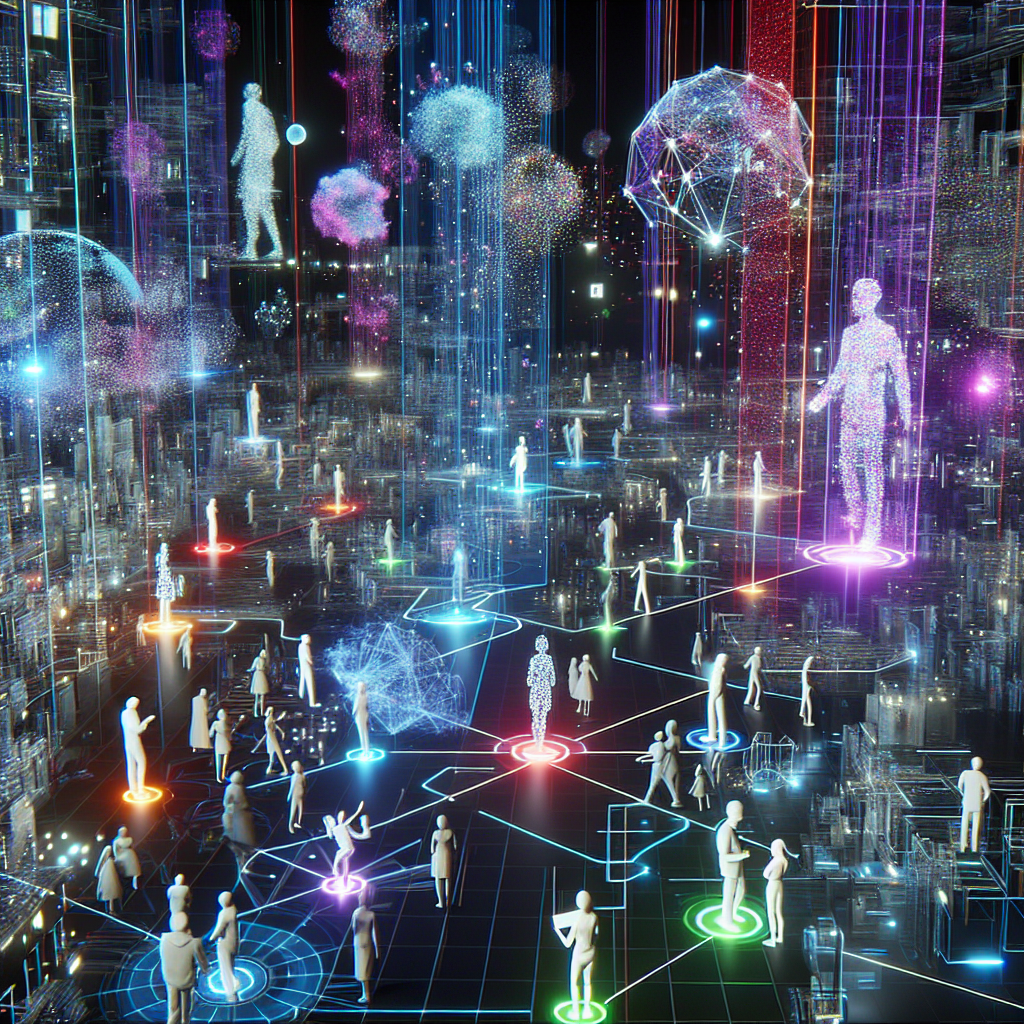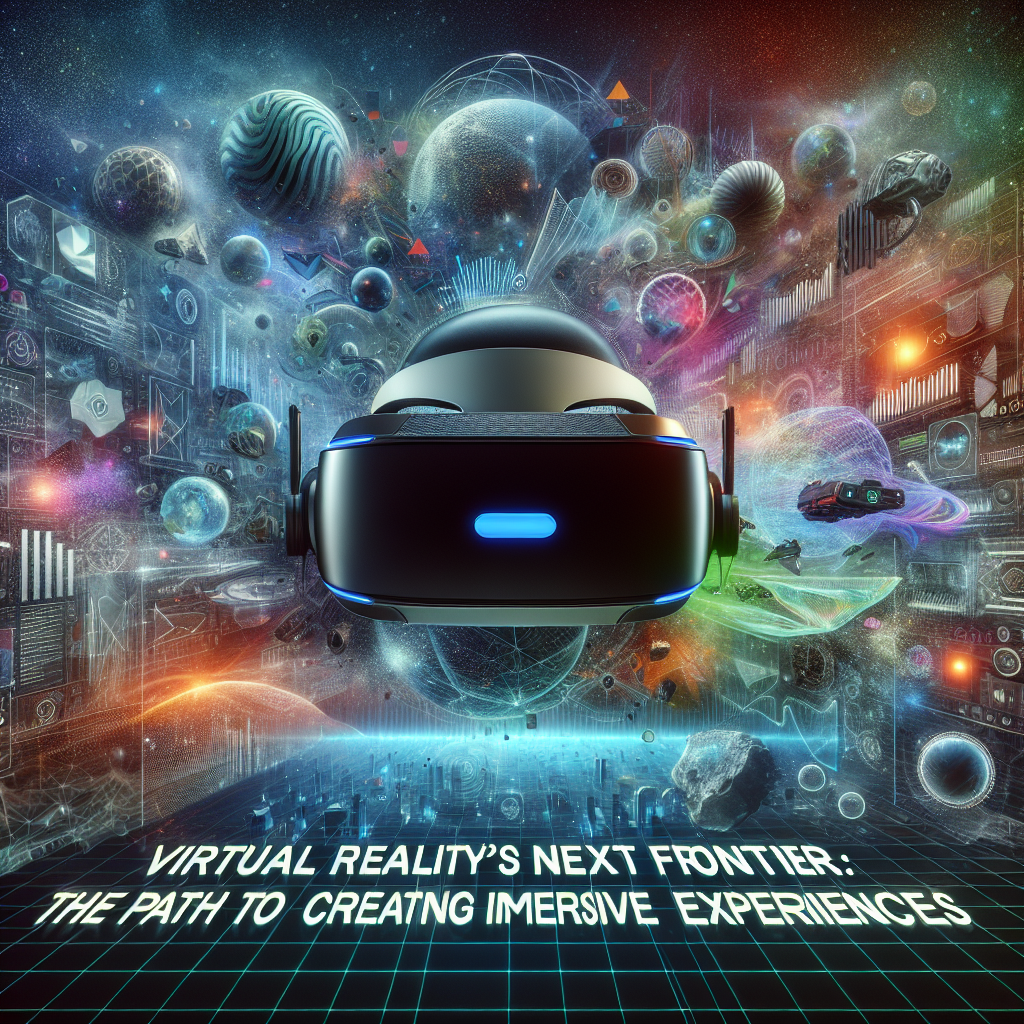Title: Inside the Metaverse: The Next Frontier of Digital Interaction
In recent years, the term "metaverse" has emerged from the depths of science fiction to become one of the most buzzworthy concepts in technology and culture today. But what exactly is the metaverse, and why is it being heralded as the future frontier of digital interaction?
Defining the Metaverse
At its core, the metaverse is a collective virtual shared space, created by the convergence of virtually enhanced physical reality and physically persistent virtual spaces. It is a digital universe that encompasses augmented reality (AR), virtual reality (VR), and the internet as we know it. Unlike today’s internet, which is primarily two-dimensional, the metaverse offers a three-dimensional experience, allowing users to immerse themselves in fully interactive environments.
The vision for the metaverse is one of endless possibilities. Imagine a world where you could attend concerts, visit museums, hold business meetings, or simply socialize with friends, all without leaving your home. It’s a place where your digital avatar can explore, create, and interact in ways limited only by imagination.
The Building Blocks of the Metaverse
Creating the metaverse requires significant advancements in several key areas:
-
Technology Infrastructure: Powerful computing capabilities are necessary to support the complex, real-time nature of the metaverse. This includes advancements in graphics processing, cloud computing, and 5G networks to ensure seamless, high-speed interactions.
-
Interoperability: For the metaverse to function as a cohesive universe, different platforms, applications, and systems must be able to work together. Creating universal standards for digital assets, communication protocols, and identity management is crucial.
-
Content Creation: The richness of the metaverse depends on diverse and compelling content. This calls for not only professional developers and designers but also user-generated content, making creativity accessible to all.
- Hardware: Devices such as VR headsets, AR glasses, and haptic suits play a significant role in bridging the gap between the physical and digital worlds. Continued innovation will be essential to make these devices more accessible and affordable.
Why the Metaverse Matters
The potential applications of the metaverse are vast and could revolutionize many aspects of daily life. Here are some key areas set to be transformed:
-
Work: The traditional office could become a thing of the past as remote workspaces in the metaverse allow for immersive collaboration. Whether it’s virtual brainstorming sessions or international conferences, the metaverse can enable seamless professional interactions.
-
Education: Remote learning could become more engaging and effective with immersive 3D environments that allow students to explore historical landmarks, conduct experiments, or walk through the human body.
-
Social Interaction: Social media platforms are already evolving, with the metaverse poised to offer richer, shared social experiences. Friends and family across the globe can gather in virtual spaces to share experiences that feel almost real.
- Entertainment: From virtual concerts to interactive movie experiences, the entertainment industry is on the brink of a revolution. Live performances and events can reach a global audience, offering unprecedented levels of interactivity.
Challenges and Concerns
Despite its promise, the development of the metaverse presents several challenges:
-
Privacy and Security: As more personal data is integrated into digital spaces, ensuring privacy and security becomes paramount. Companies creating the metaverse will need to prioritize user protections.
-
Digital Divide: Access to the metaverse requires internet connectivity and often expensive hardware, which could exacerbate existing digital divides.
- Ethical Considerations: The metaverse raises questions about digital ownership, identity, and the potential for monopolistic control by a few large companies.
The Road Ahead
As we stand on the brink of widespread metaverse adoption, it’s clear that this new digital frontier holds transformative potential for how we interact with technology and each other. While challenges remain, continued innovation and collaboration across the tech industry, academia, and policymakers could lay the foundation for a metaverse that enhances both our digital and physical lives. In exploring this next frontier, we have the opportunity to redefine and enhance human connection, creativity, and community in unprecedented ways.














Leave feedback about this
You must be logged in to post a comment.